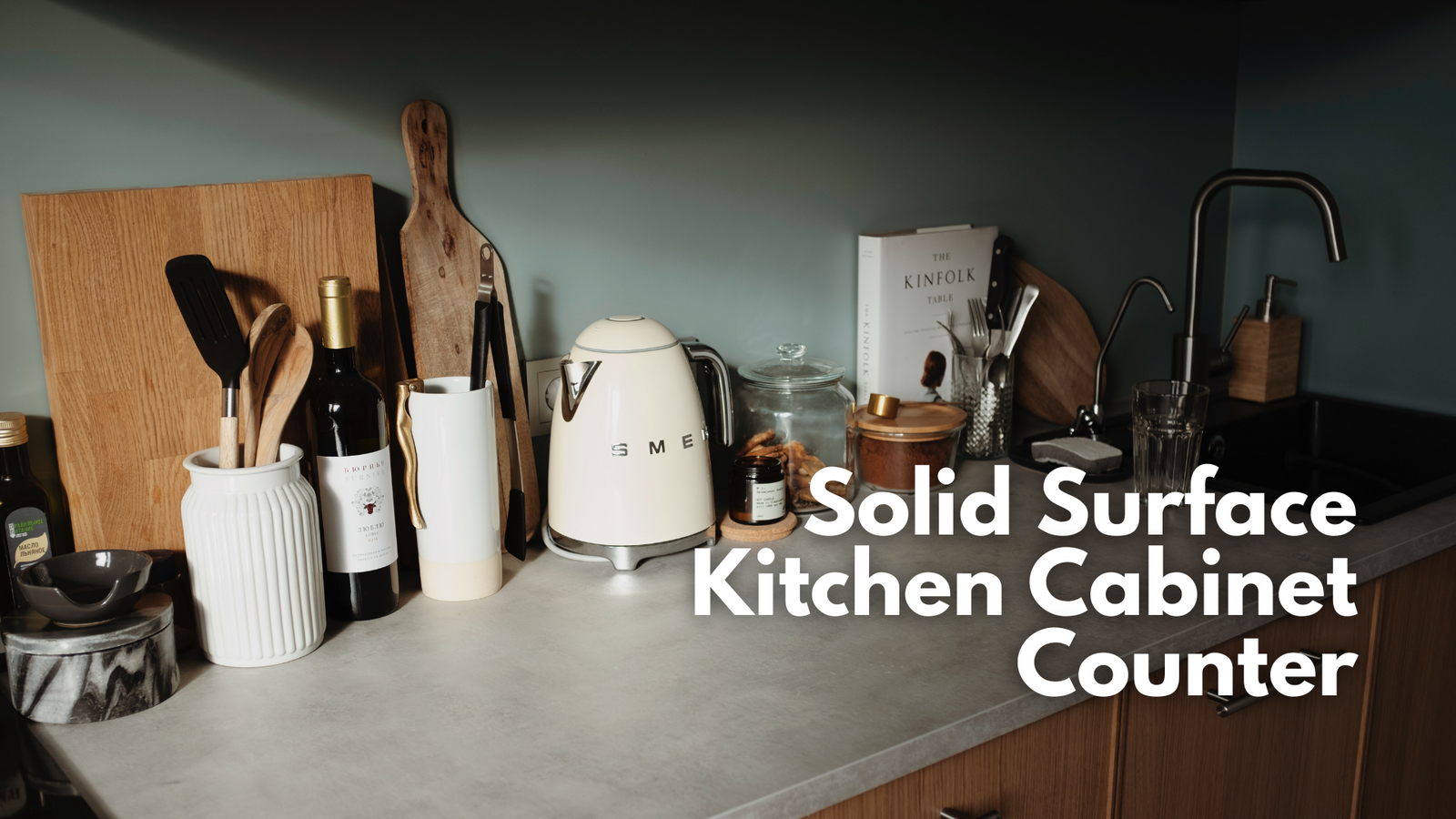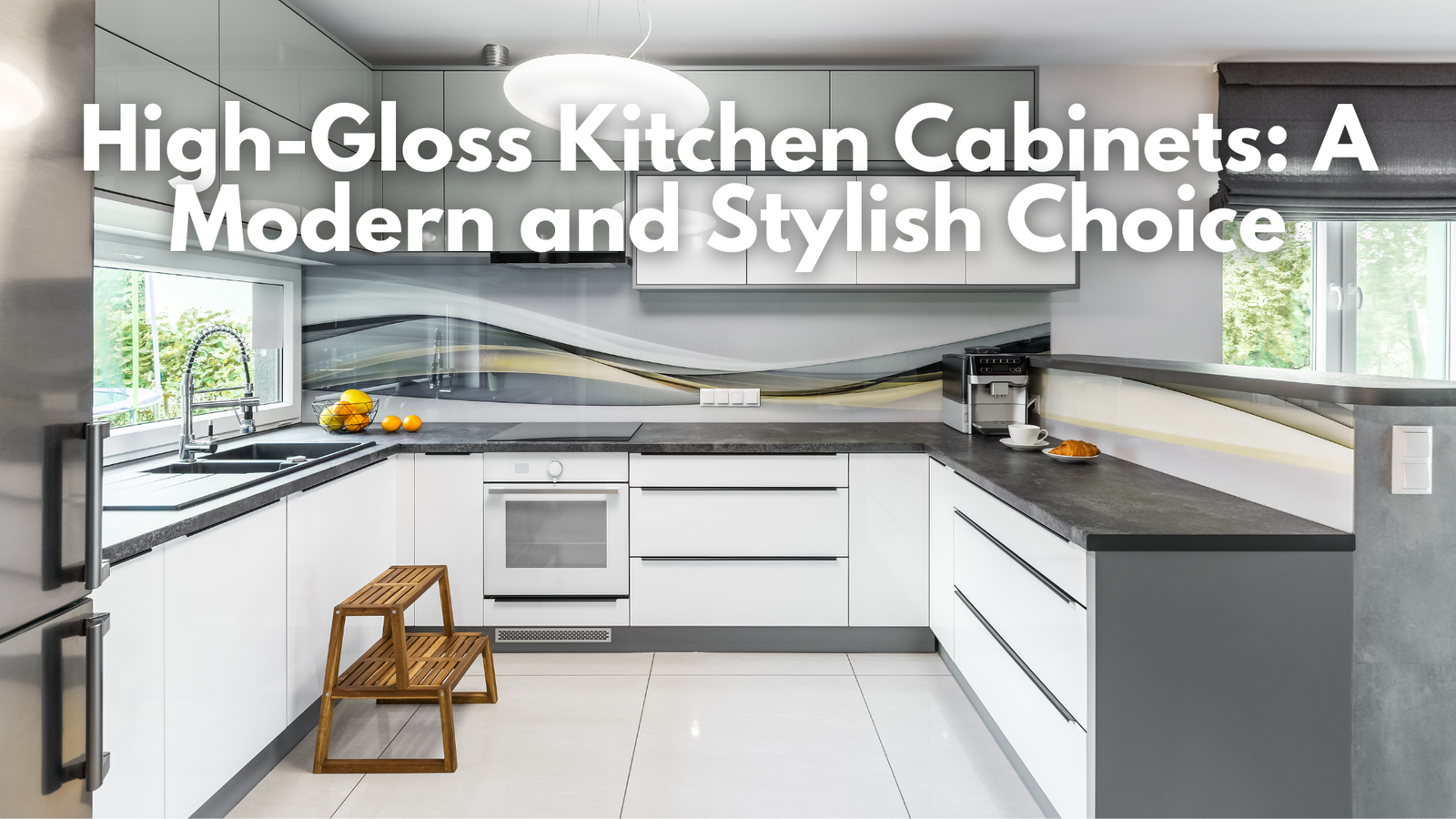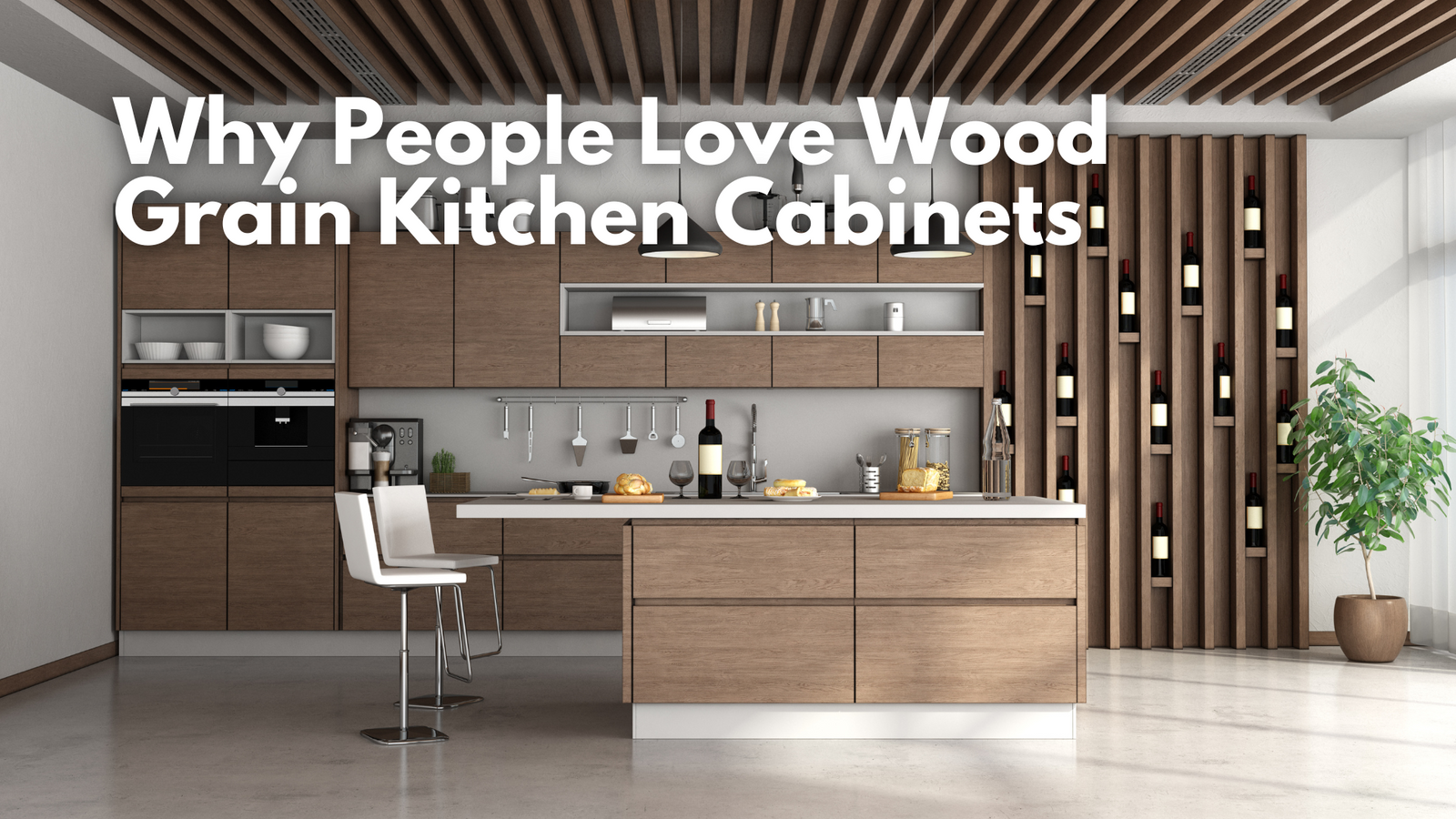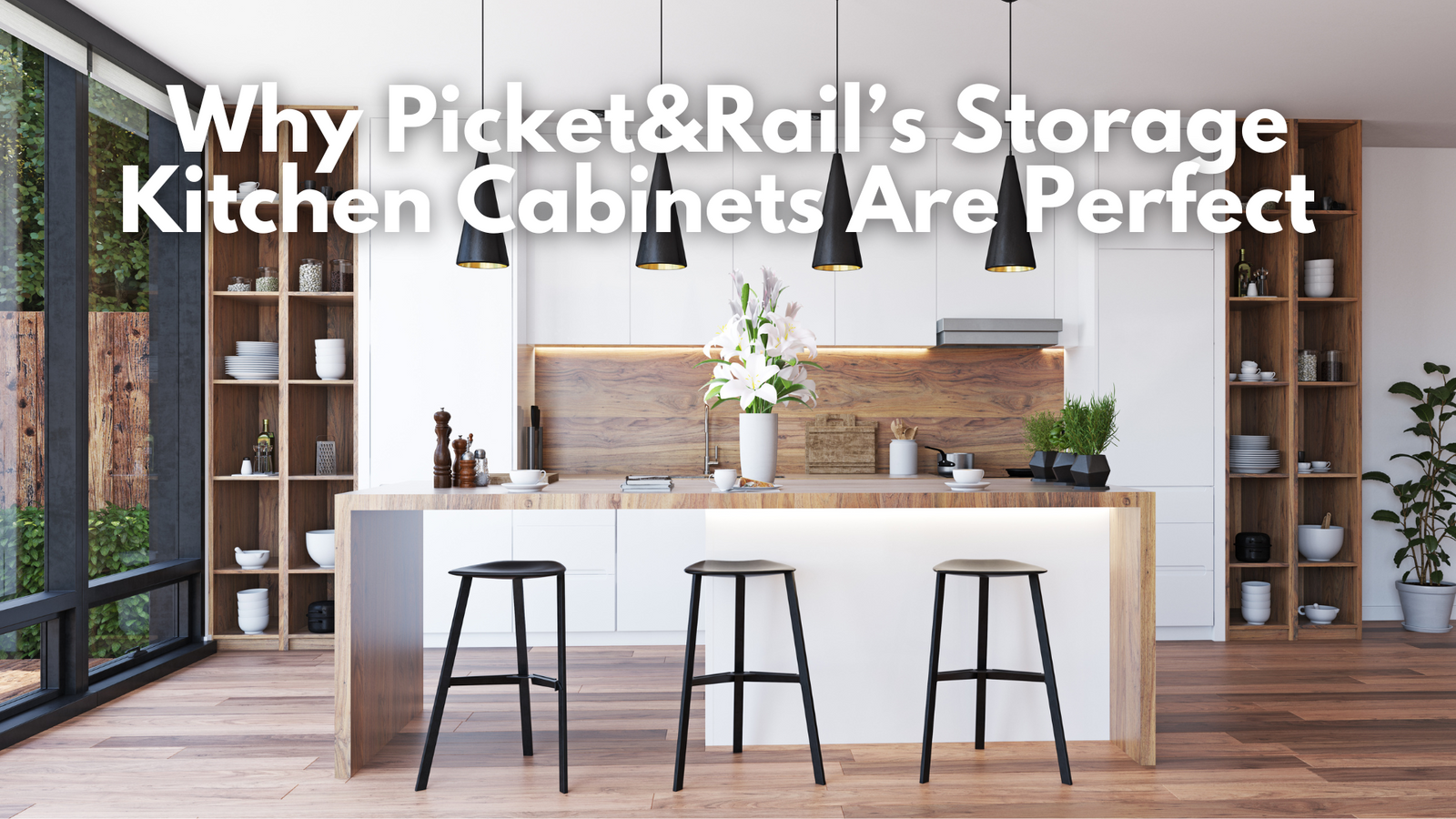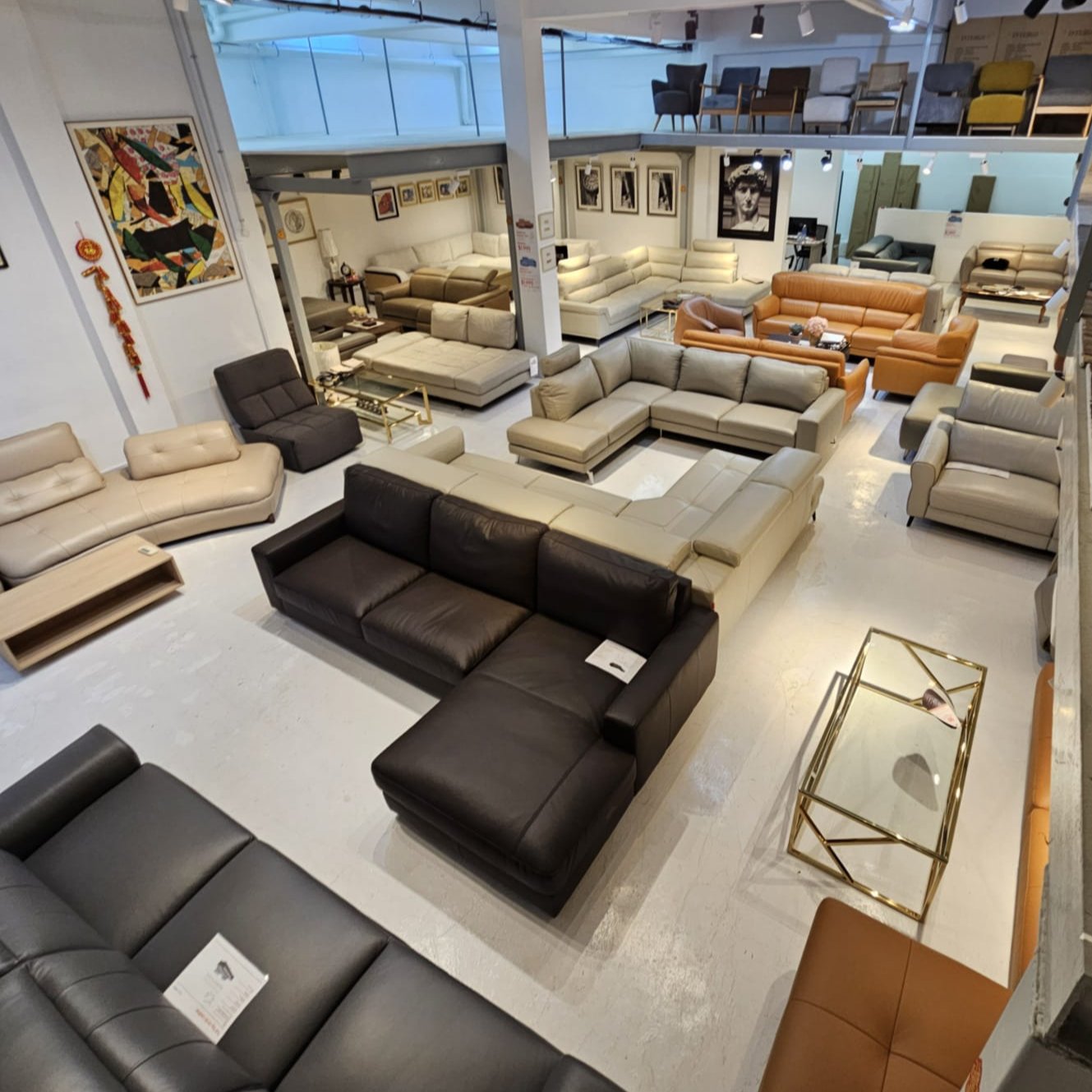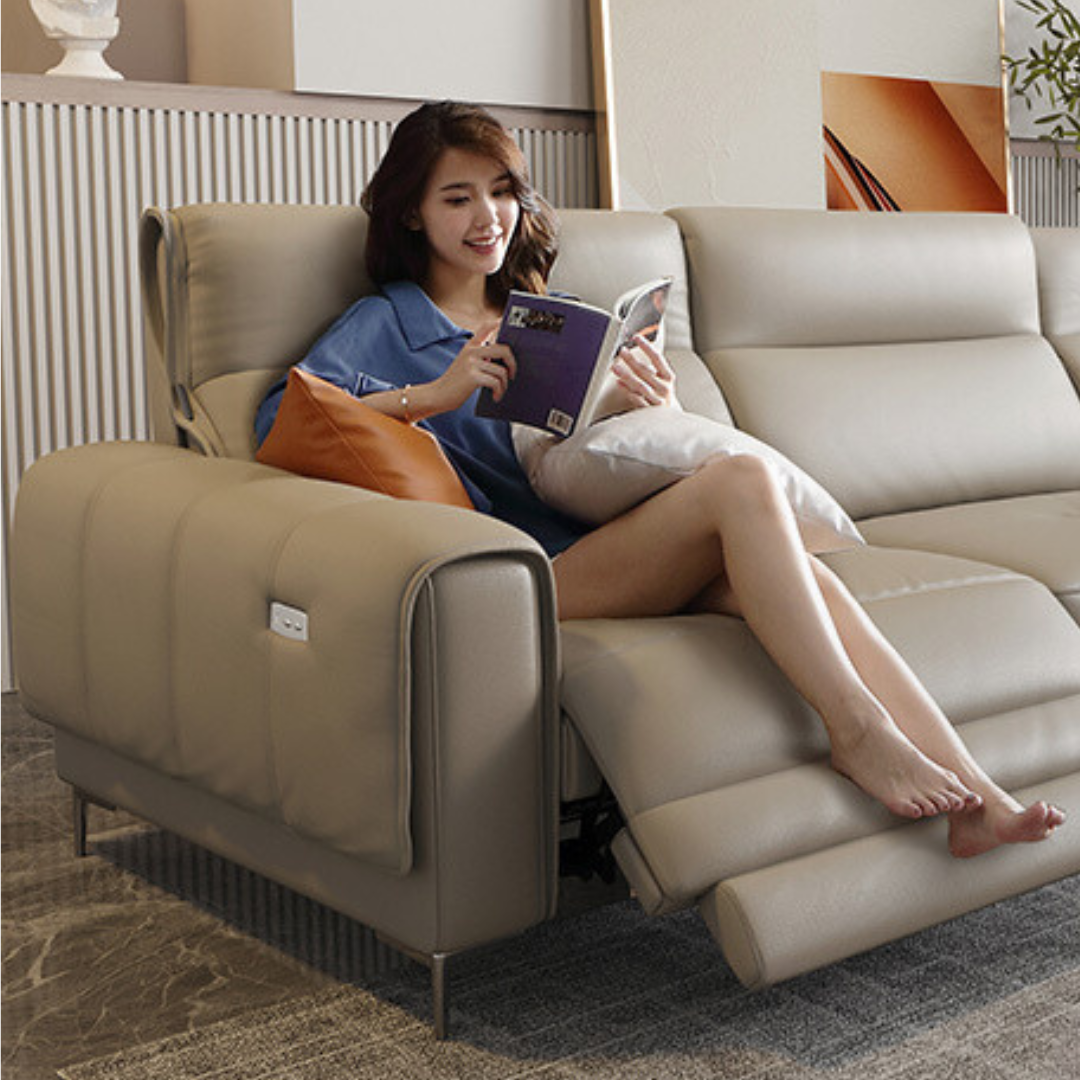Here’s a detailed look at the advantages and disadvantages of using solid surface material for your kitchen cabinet countertop:
Advantages Of Solid Surface Kitchen Countertop
#1. Seamless Appearance
Solid surface countertops offer a seamless, uniform look as they can be joined with no visible seams. This creates a sleek, modern aesthetic and avoids the gaps and grout lines found in other materials.
#2. Non-Porous Surface
Solid surface materials are non-porous, making them resistant to stains and bacteria. This quality ensures a hygienic workspace that is easy to clean and maintain.
#3. Repairable Surface
Minor scratches or dents can be sanded and polished out, restoring the countertop to its original appearance. This makes solid surface countertops highly durable and maintainable.
#4. Variety of Designs
Solid surface countertops come in a wide range of colors and patterns, including options that mimic natural materials like granite or marble. This versatility allows for a customized look in any kitchen design.
#5. Consistent Color
The color and pattern of solid surface materials are consistent throughout the material, unlike natural stone which can vary. This uniformity is ideal for creating a cohesive and harmonious kitchen design.
#6. Easy to Clean
The non-porous nature of solid surface countertops makes them easy to clean with regular household cleaners. They do not require sealing, which simplifies maintenance.
#7. Durable Material
Solid surface countertops are durable and resistant to impacts, making them suitable for everyday kitchen use. They can withstand typical kitchen activities without showing significant wear.
#8. Heat Resistance
While not entirely heat-proof, solid surface materials offer some resistance to heat. It is advisable to use trivets or hot pads to avoid damage from prolonged exposure to high temperatures.
#9. Eco-Friendly Options
Some solid surface materials are made from recycled content or environmentally friendly processes, providing a more sustainable countertop option.
#10. Design Flexibility
Solid surface countertops can be easily shaped and fabricated into various designs, including integrated sinks and custom edges. This flexibility allows for innovative and tailored kitchen designs.
Picket&Rail Kitchen Cabinet Collection
Disadvantages Of Solid Surface Kitchen Countertop
#1. Susceptible to Heat Damage
Solid surface countertops can be damaged by high heat if not protected. Prolonged exposure to hot pots or pans can cause warping or discoloration, so it’s important to use heat protection.
#2. Scratch Prone
Although solid surface countertops can be repaired, they are prone to scratching from sharp objects or abrasive cleaning pads. Care must be taken to avoid surface damage.
#3. Higher Cost
Solid surface countertops can be more expensive than some other materials, such as laminate or certain types of wood. The cost may be a consideration for budget-conscious projects.
#4. Less Scratch Resistance Compared to Stone
While solid surface materials can be repaired, they are not as scratch-resistant as granite or quartz. Heavy-duty use or contact with sharp utensils can result in visible scratches.
#5. Can Show Wear Over Time
Frequent use and cleaning can lead to a gradual loss of luster or finish, especially in high-traffic areas. Regular maintenance is required to keep the surface looking its best.
#6. Not as Impact Resistant
Although durable, solid surface countertops are less impact-resistant than natural stone. Heavy objects dropped on the surface can cause dents or cracks.
#7. Environmental Concerns
Some solid surface materials may contain synthetic resins or chemicals that have environmental impacts. It’s important to consider the sustainability of the product you choose.
#8. Limited Outdoor Use
Solid surface countertops are not suitable for outdoor environments as they can degrade under prolonged exposure to UV light and weather conditions.
#9. Complex Installation
Installation of solid surface countertops often requires professional expertise to ensure a flawless finish and proper integration with other kitchen elements. This can increase overall project costs.
#10. Potential for Discoloration
Certain dyes and chemicals can cause discoloration or staining over time, particularly if spills are not cleaned promptly. This can affect the overall appearance of the countertop.
Conclusion
Solid surface countertops offer a range of benefits, including a seamless appearance, easy maintenance, and design flexibility. However, they also come with drawbacks such as susceptibility to heat damage and higher costs. Evaluating these advantages and disadvantages will help you determine if solid surface material is the right choice for your kitchen cabinet countertop.
Recommended Links
- Kitchen Cabinet Collection
- Custom Wardrobe Collection
- Solid Wood & Custom Bunk Bed
- Custom Tatami Storage Beds
Top Kitchen Cabinet Questions
- Can Custom Built-In Kitchen Cabinets Be Designed to Fit Specific Kitchen Layouts and Dimensions?
- Are There Any Special Considerations or Limitations When Installing Custom Built-In Kitchen Cabinets?
- Are There Any Maintenance or Care Requirements for Custom Built-In Kitchen Cabinets?
- What Are Some Popular Design Trends or Features for Custom Built-In Kitchen Cabinets?
- What are Custom Built-In Kitchen Cabinets?
Follow our facebook page for the latest deals.

